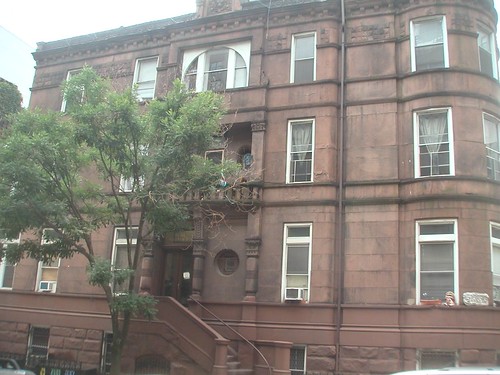
Image : http://www.flickr.com
It's a warm day, and you would like to take your kids out on a picnic. How about converting a homeschool science experiment into an ice cream making session? Amaze your kids by showing them that with their help, you can make ice cream for them, and that too at their favorite picnic spot.
You will need to do some preparations the previous night or an hour before you set off for the picnic. Boil a mixture of one cup of milk with half a cup of sugar and a pinch of salt in a boiling water bath. Add three beaten egg yolks to the mixture and stir till you get a thick custard-like mixture that coats the spoon. Cool it and add vanilla essence and about two cups of heavy whipping cream and stir. Pour the mixture in 3 to 4 small zip-lock bags, each enough to make one serving. It is preferable to secure this bag with another zip-lock bag. Now put the zip-lock bags with the mixture in an ice chest full of ice. You can now put the ice chest in your car as you travel to your favorite picnic spot. It is very essential that the ice does not melt on the way for your home school science experiment to be a success.
At the picnic table you can put each zip-lock bag into a larger zip-lock bag that is half filled with ice. Sprinkle some salt over the ice and seal the large bag. Do this with all the smaller bags containing the ice cream mixture. Adding a little water to the ice will help enhance the process. Have as many such bags as many kids there are. Hand over one such bag to each kid and ask the kids to squish and shake the bags. Maybe they can toss them up and catch them. The more they squish and shake the bags the faster will the mixture turn into ice cream. Let them have fun with the bags for ten minutes. You can allow another five minutes of shaking, shaking and shaking!
Then ask each kid to bring their ice cream pack to you for examining. Open each bag, and voila! Ice cream's ready! Once done, let them enjoy their frozen treat! Isn't this a fun home school science activity? How did the liquid mixture turn into ice cream? And that too, quicker than it would take in a refrigerator? The very first thing to remember is that you have divided the mixture into smaller bags and not into one container as you would do in a refrigerator. Without salt, when ice melts (at 0 degree Celsius or 32 degrees Fahrenheit), it turns into water by absorbing some heat from the atmosphere. At the same time the water gives out heat and refreezes into ice. This is called a state of equilibrium. The mixture requires a temperature less than 0 degree Celsius in order to make ice cream.
Salt breaks this equilibrium by changing the make-up of the ice and the water. Now the ice melts, but the water does not refreeze into ice since it now requires a temperature less than 0 degrees Celsius to refreeze. The ice now gets no heat to melt, and therefore draws heat from the mixture, making the ice cream mixture even colder.
Furthermore, salt (sodium chloride) splits up in the water into charged particles of sodium and chlorine. The whole mixture of ice, water and salt now becomes a special compound that freezes at a temperature of -21.1 degrees Celsius or -6 degrees Fahrenheit. Therefore the liquid ice cream mixture becomes a frozen paste. To get more great science experiments and activities visit the free "Home school Parent's Guide to Teaching Science" at the link below.
No comments:
Post a Comment